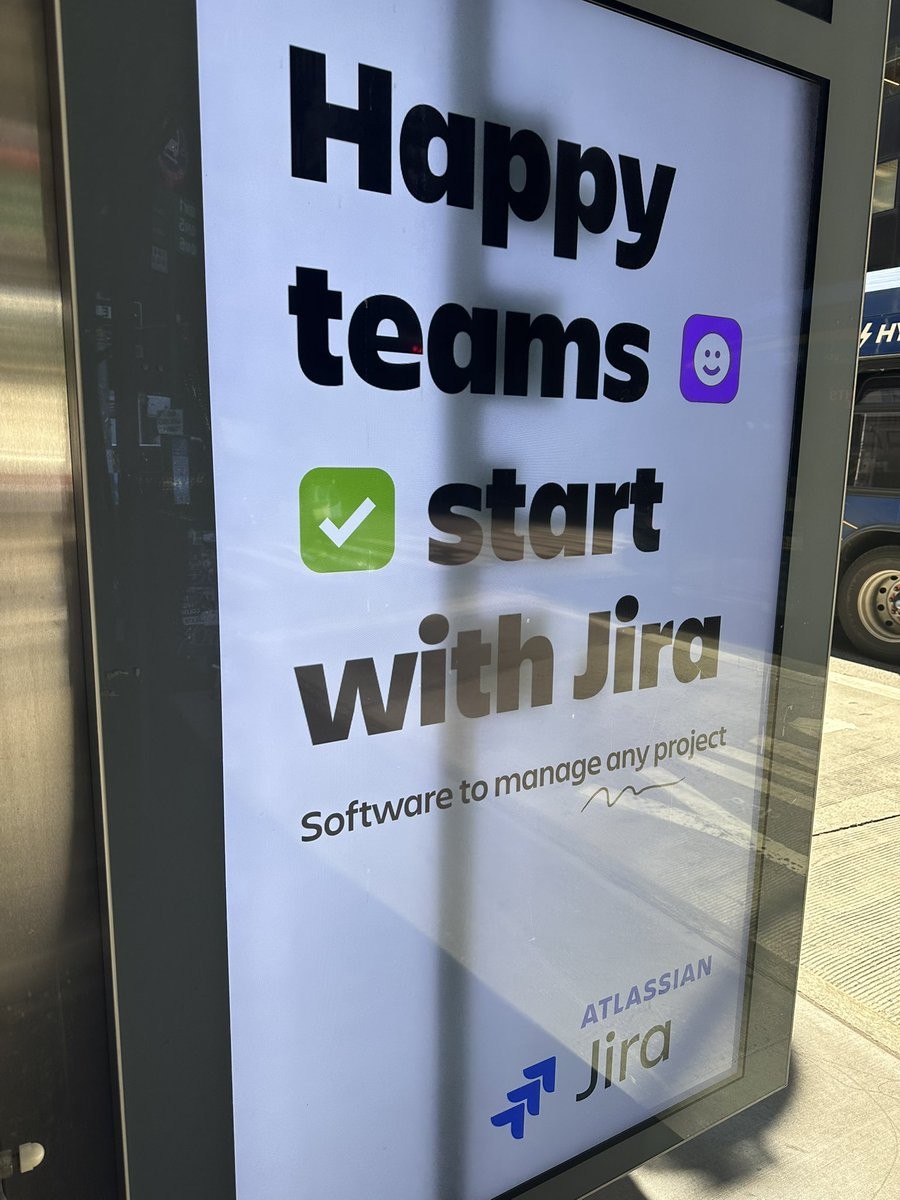It’s a gray area, legally. What you say is theoretically correct, but there’s practical issues once you’ve looked at the code that will open you up to legal liability anyway.
For instance, what if you need a utility function during your reimplementation for which there is really only one obvious implementation? You can no longer claim to have come up with it by yourself.
I doubt the FSF would sue over it, but companies are known to avoid the risk.


Maybe not the best example then, but not the only example. If you unintentionally create something that resembles the original too much you may still become liable. It’s hard to draw the line, which is why many in such a position would prefer to be safe rather than sorry.